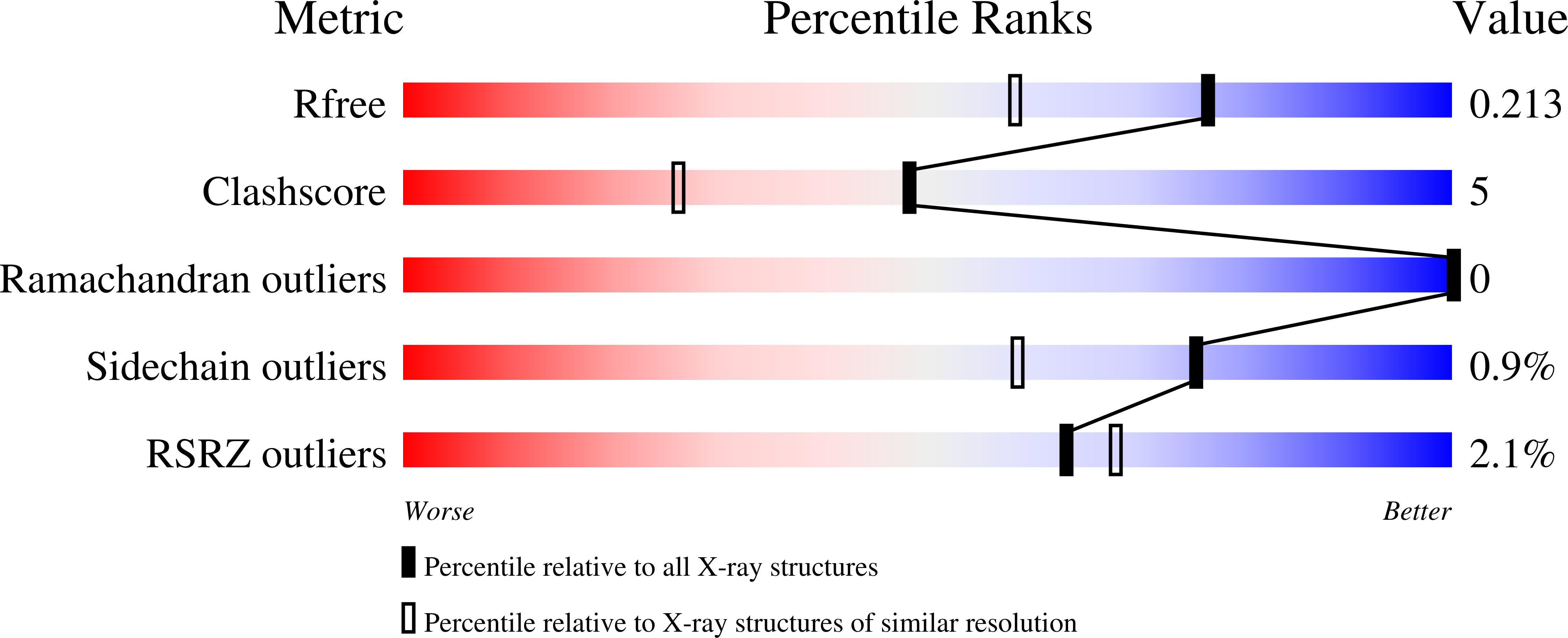
Deposition Date
2024-09-05
Release Date
2025-04-16
Last Version Date
2025-05-07
Entry Detail
PDB ID:
9DIN
Keywords:
Title:
Structure of ClpC1 N-terminal Domain complexed with semi-synthetic Rufomycin analog
Biological Source:
Source Organism:
Mycobacterium tuberculosis (Taxon ID: 1773)
synthetic construct (Taxon ID: 32630)
synthetic construct (Taxon ID: 32630)
Host Organism:
Method Details:
Experimental Method:
Resolution:
1.64 Å
R-Value Free:
0.21
R-Value Work:
0.18
R-Value Observed:
0.18
Space Group:
P 21 21 21


